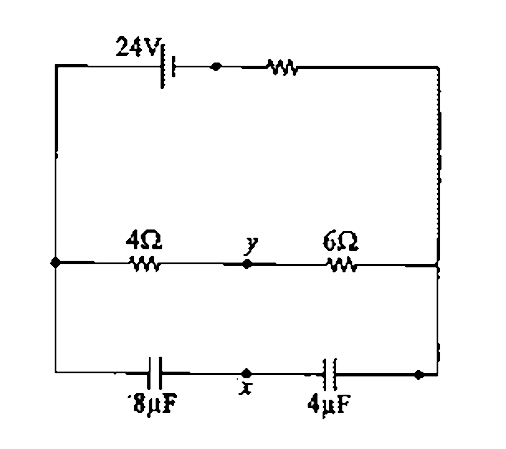Find the potential difference between points B and D in the figure below.
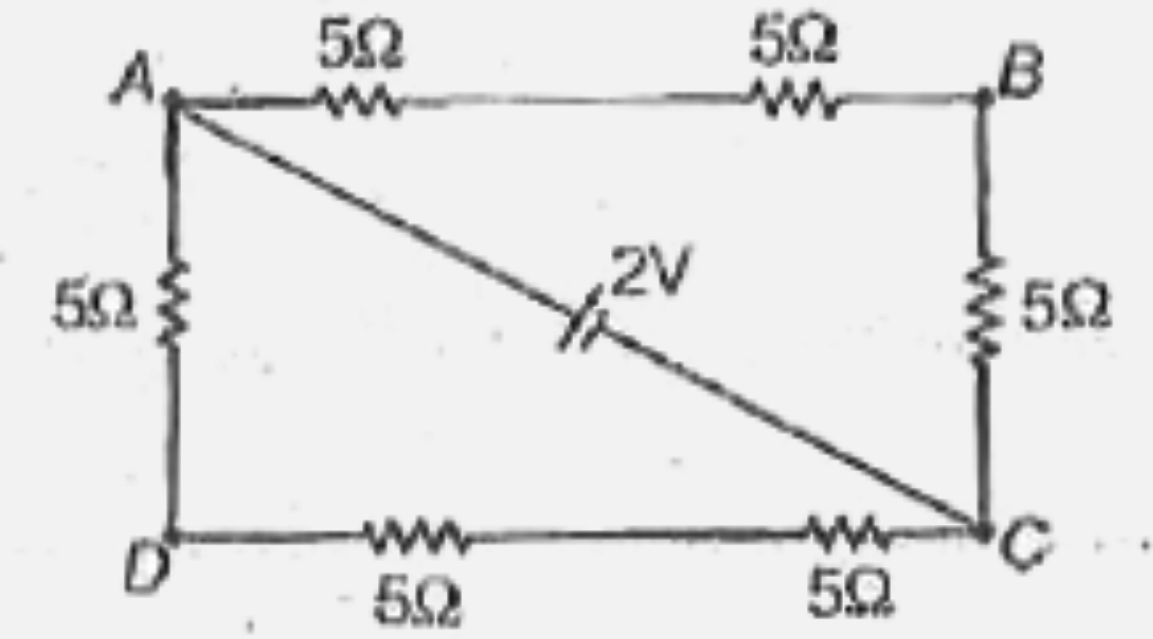
Video Solution
Text Solution
Here since all the resistance are of same value, you need not calculate the value of current . Just redraw the circuit as follows , showing the direction of current flow and relative higher and lower potential termial.

Both the upper and lower branch of resistances are in parallel with 2V, so both will have same total potential of 2V, Also since each brach has three equal resistors of 5Ω the 2V potential will equally divide among the three because all three are in serires. The potenital difference across each resistance has been shown below.

Now start moving from point B to D through point A.
VB+23+23−23=VD
∴VB−VD=23V
|
Topper's Solved these Questions
- CURRENT ELECTRICITYBOOK - AAKASH INSTITUTECHAPTER - CURRENT ELECTRICITYEXERCISE - Try Yourself
32 Videos
- CURRENT ELECTRICITYBOOK - AAKASH INSTITUTECHAPTER - CURRENT ELECTRICITYEXERCISE - ASSIGNMENT(SECTION-A(OBJECTIVE TYPE QUESTIONS))
59 Videos
- COMMUNICATION SYSTEMS BOOK - AAKASH INSTITUTECHAPTER - COMMUNICATION SYSTEMS EXERCISE - ASSIGNMENT SECTION D (Assertion-Reason)
10 Videos
- DUAL NATURE OF RADIATION AND MATTER BOOK - AAKASH INSTITUTECHAPTER - DUAL NATURE OF RADIATION AND MATTER EXERCISE - ASSIGNMENT (SECTION-D)
10 Videos
Similar Questions
Knowledge Check
The potential difference between point A & B is
 A207VB407VC107VD0
A207VB407VC107VD0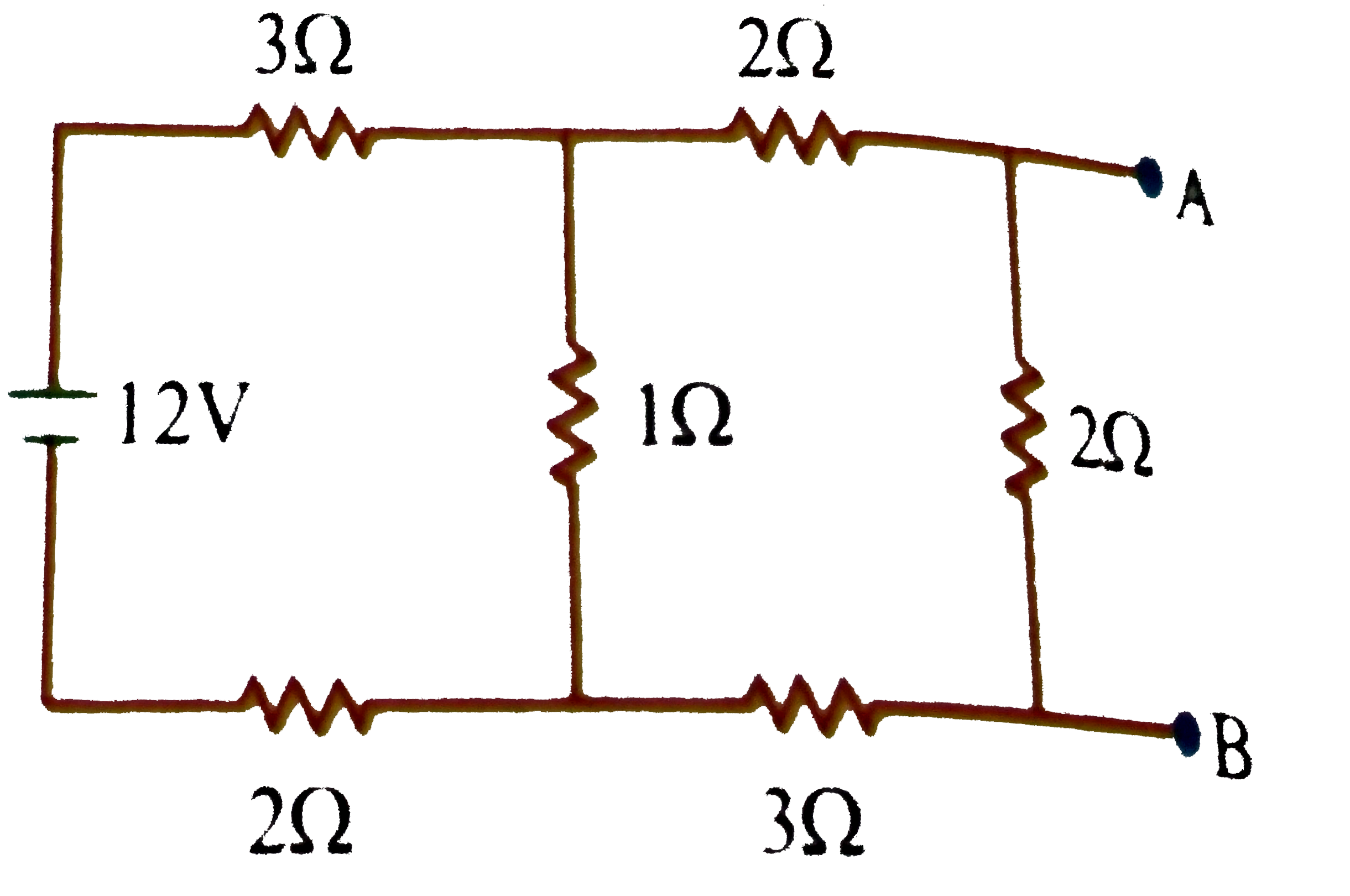
The potential difference between points A and B isA1.50VB2.50VC1.00VD0.50VThe potential difference between point A and B is
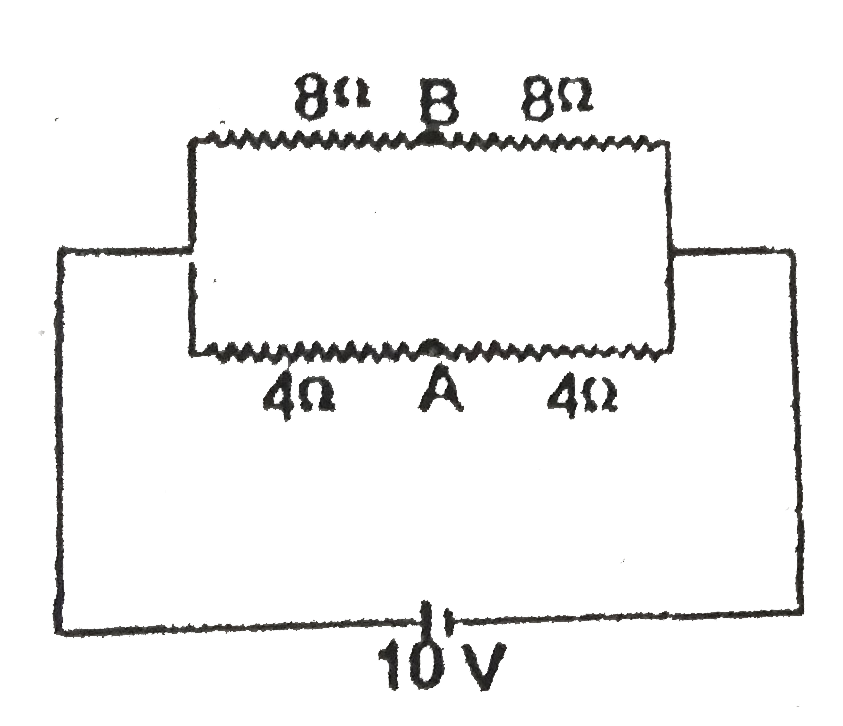 A207VB407VC107VDzero
A207VB407VC107VDzero
The potential difference between points A and B is
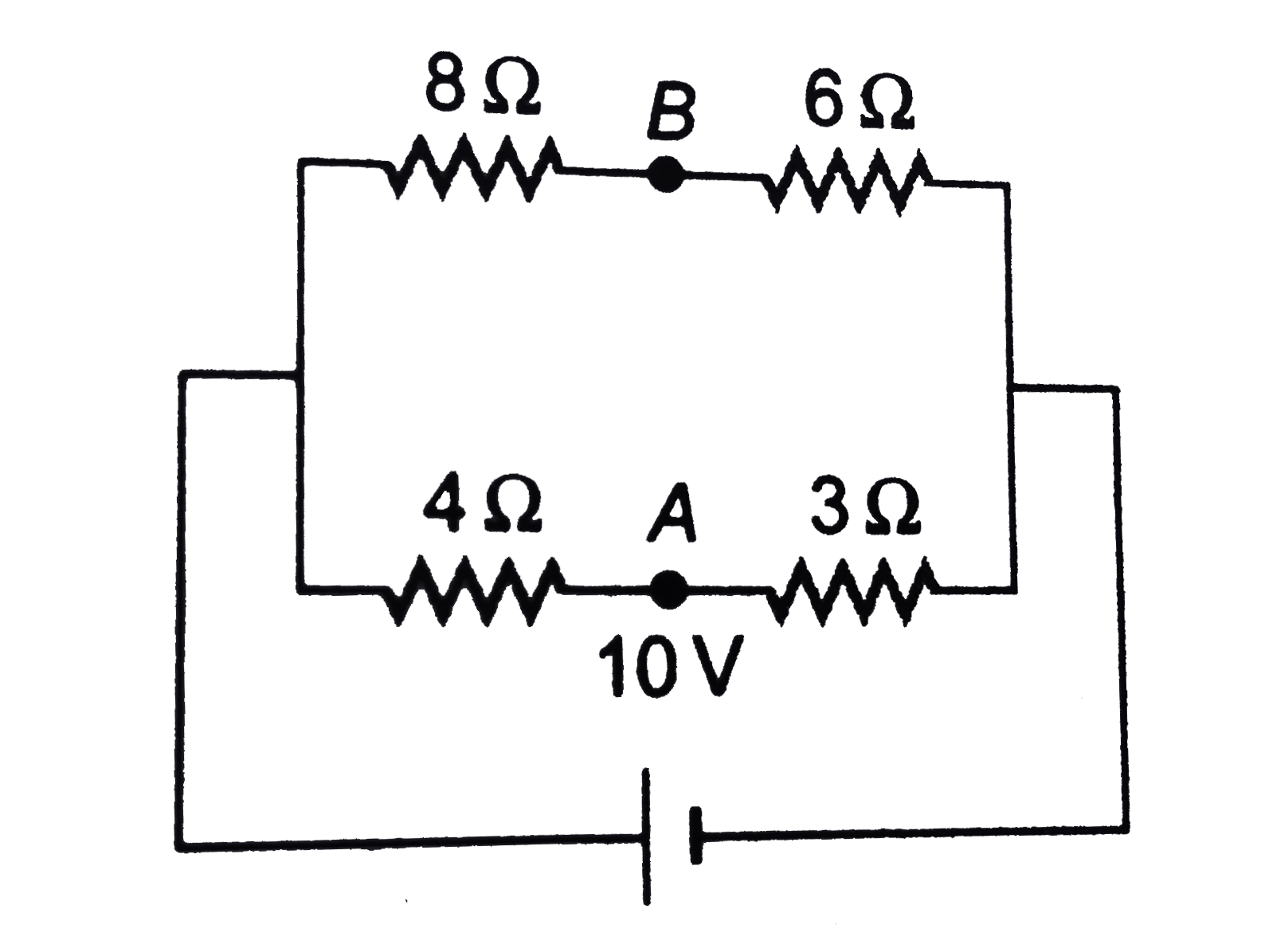
View SolutionThe potential difference between points A and B is -
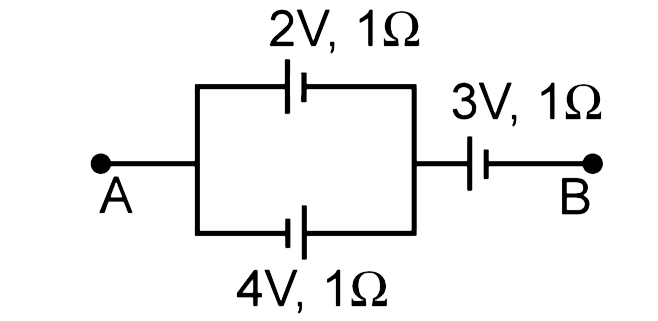
View SolutionThe potential difference between points A nd B is

View SolutionThe potential difference between points A and B from the figure is
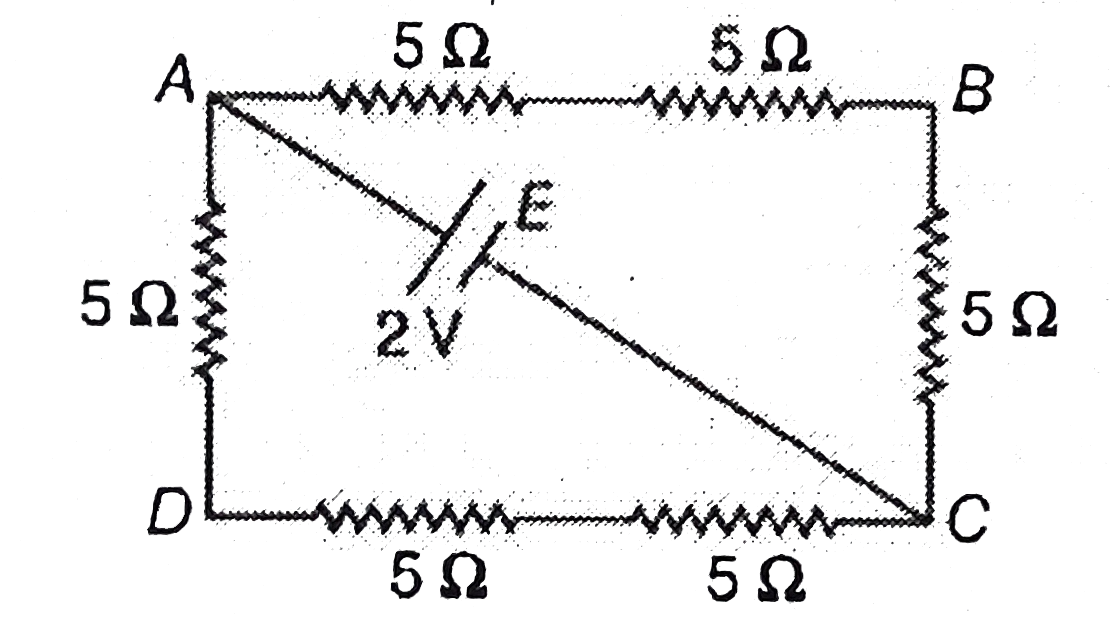
View SolutionThe potential difference between the point A and B in figure will be

View Solution

